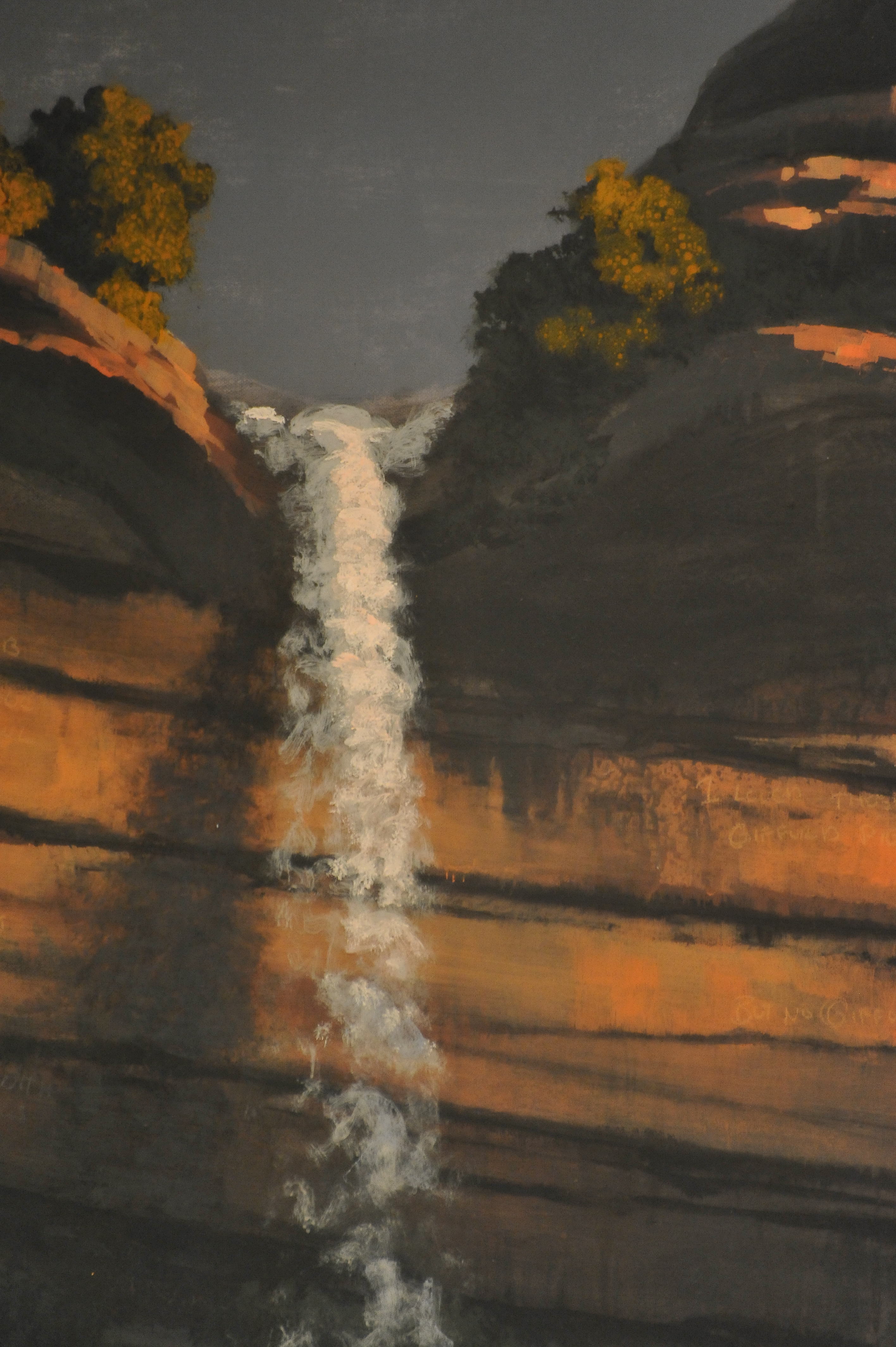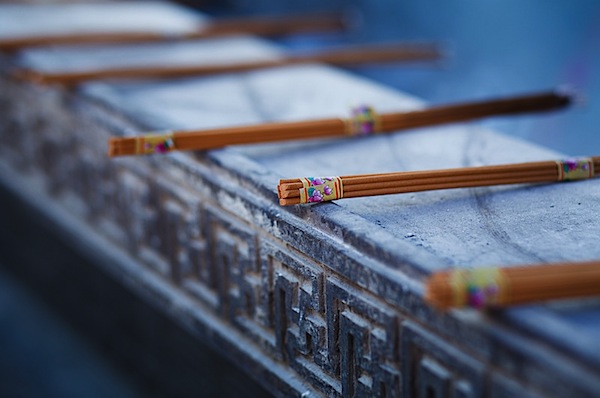 It’s in the gloom of the Northern hemisphere’s winter that many people start planning trips for the new year. It’s also a time some of us upgrade our cameras when the big sales hit in December and begin looking for a teacher to help them get more out of it. A perfect time to talk about choosing a photography workshop or instructional tour.
It’s in the gloom of the Northern hemisphere’s winter that many people start planning trips for the new year. It’s also a time some of us upgrade our cameras when the big sales hit in December and begin looking for a teacher to help them get more out of it. A perfect time to talk about choosing a photography workshop or instructional tour.
While I lead workshops and tours around the USA and world, I have been on the other side of the coin on more than one occasion in the past. Choosing who you will learn from can be intimidating and a large financial and time risk. I used those experiences and time spent consulting with other tour operators to come up with a list of questions and items to think about when you decide you want to learn more from a local or international instructor.
Do They Listen?
This is the most important aspect, in my opinion. Many people can stand up in front of a class and drone on and on from a textbook. A good instructor will listen to what you are interested in learning and adjust topics to meet those needs. If the structure is still fairly stiff, the instructor can at least relate instructed topics to situations important to you.
Is There A Solid Structure Or Is It Flexible?
Will this workshop be a recital of text or can you work in your own topics? Will the tour have opportunities for individual exploration or do you have to stick to a particular path? One is not necessarily better or worse, it is simply best to know so expectations can be set accordingly.
Do They Ask For Your History Beforehand?
This is an indicator, again, of how much you will learn. If the topics can be molded, there is a better chance the instruction will stick for you. It also shows the instructor’s level of interest in you, more than just as a paycheck. Some operators will cover this step on the first day of a workshop or tour.
What Is Included?
Never make assumptions, especially if the trip is to a foreign country. Always ask for a complete list of what you receive for money paid. Are textbooks included? Water? Meals? Internet access?
What Other Costs Will There Be?
The flip side of what is included is to make sure you know what is not included as well. Again don’t assume. What about a cab from the airport to the first hotel? Entry fees? Tips?
How Long Has The Instructor Been Leading And Instructing?
Certainly more time spent leading groups does not always equate better leading, but it often is an indicator. It also shows if the instructor loves what they do. If they have not been instructing long, get an idea of what they were doing before coming into this line of work. Also ask for references. Sure, they will suggest people who enjoyed previous instruction, but hopefully you can dig a bit deeper by asking past clients.
Do They Have Any Writing You Can Check Out?
Check previous writing by the instructor if you can find it. Blogs and Facebook will help you see what type of voice the instructor typically uses. It also helps show how well they communicate topics that can be confusing. And it will arm you with a list of questions when you talk with them (see last item below).
Is There Any Follow Up?
Is the workshop or tour over and you’re on your own? Or can you ask followup questions? It is not vital if it is one way or another, but it is important to know before signing up. Personally, as a student, I prefer to have the opportunity to ask questions days later as the concepts sink in and I have a chance to practice.
Will Your Equipment Meet The Minimum Standards?
Some workshops are aimed at the true beginner. Some at intermediate or advanced. Will your point and shoot camera or 4/3rds version work well for the workshop? Will you get more out of it if you had a DSLR? Don’t waste your money on a workshop that will tell you how to use different aperture settings if you can’t set your aperture.
What Can You Expect To Walk Away With?
Ask the instructor to list what new knowledge you will gain after your time together. Some workshops also offer software or books for review.
What Is The Refund Policy?
This is pretty easy; how much of your money can you get back if plans should change? Can you reschedule and apply the fees you have paid?
Can You Get A Copy Of The Syllabus?
Websites often list the basics to draw you in. Ask for a complete list of topics covered to see if your time will be well served. If 40% or more of the workshop covers topics you are already solid with, consider private instruction to fill in the gaps.
Lastly, if at all possible (and especially when booking a longer tour) get on the phone with the instructor and chat. While many of these questions can be answered in email or by browsing websites, talking on the phone or in person will let you know how the instructor communicates and if you get along. If the workshop is short, just a day or two, compatibility is not too much of an issue if they can deliver on topics covered.
But on a longer trip, it’s more vital to make sure you can communicate well with the instructor. You don’t have to be best friends, but a good instructor will make you feel welcome and should be able to listen to your wants and desires for your time together.
As you may suspect, many of the DPS writers enjoy helping others learn about photography. Below is a list of workshops offered by DPS writers. Each has different areas of interest and topics covered, as well as geographic locations served.
- Jim Goldstein – Photo Tours and Workshops in California, Montana and Utah
- Natalie Norton – Photo Workshops in Hawaii and Photo Business Instruction
- Christina Dickson – Photography Business Instruction
- Valerie Jardin – Photo Tours In France starting in 2013
- Helen Bradley – Adobe Lightroom, CS5 and Elements Instruction, Individual Instruction
- Matt Dutile – Individual Photo Instruction
- Elizabeth Halford – Individual Instruction, Remote Consultation
- Neil Creek – Night Sky Photography Workshops
- Peter West Carey – Photo Workshops, Lightroom Workshops, Individual Instruction in Washington, Oregon and California, and Photo Tours to Nepal, Bhutan and India
- Rachel Devine – Camera Therapy Workshops
And if you need help looking for an instructor or workshop, my favorite resource (for photography and other subjects) has been TeachStreet.com.
What other questions do you typically ask an instructor before signing up for a workshop or tour? Please add your input in the comments section below.
Post originally from: Digital Photography Tips.
Check out our more Photography Tips at Photography Tips for Beginners, Portrait Photography Tips and Wedding Photography Tips.
Choosing a Photography Workshop Or Tour



Digital Photography School




 It’s in the gloom of the Northern hemisphere’s winter that many people start planning trips for the new year. It’s also a time some of us upgrade our cameras when the big sales hit in December and begin looking for a teacher to help them get more out of it. A perfect time to talk about choosing a photography workshop or instructional tour.
It’s in the gloom of the Northern hemisphere’s winter that many people start planning trips for the new year. It’s also a time some of us upgrade our cameras when the big sales hit in December and begin looking for a teacher to help them get more out of it. A perfect time to talk about choosing a photography workshop or instructional tour.




You must be logged in to post a comment.